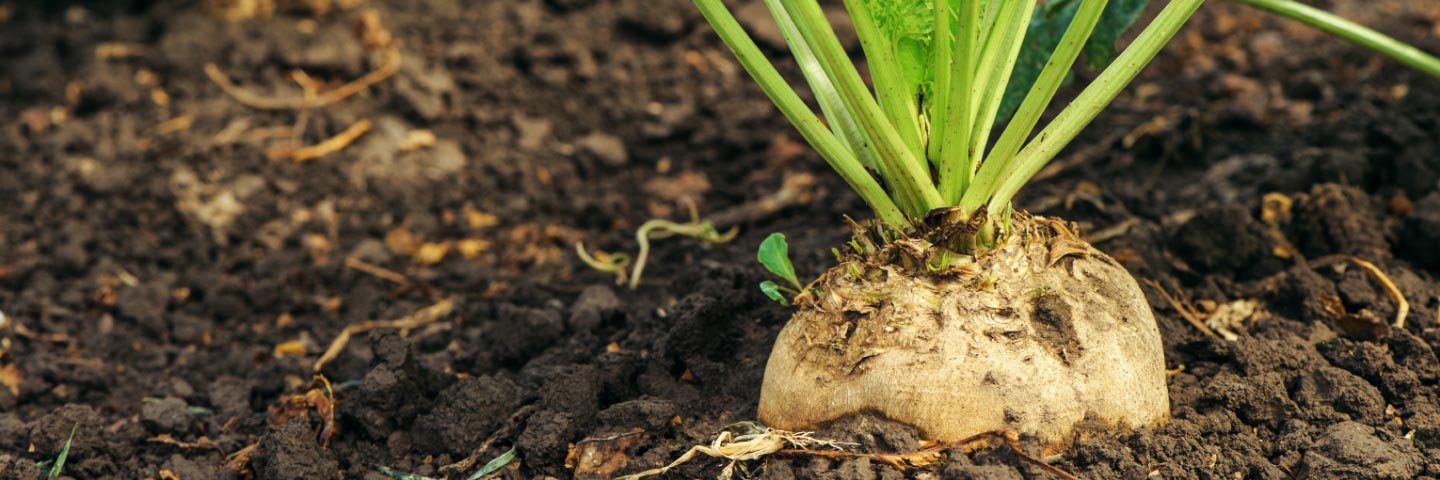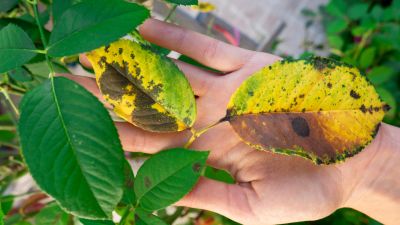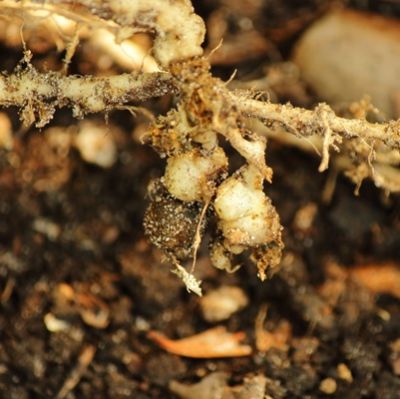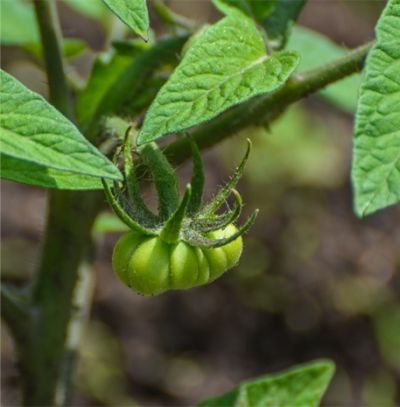Toggle Nav 

Search
Our Sites
Visit our other sites
-
Fapas - Proficiency Testing
Globally recognised provider of proficiency tests, running over 400 tests annually across an extensive range of matrices and analytes
-
Great Crested Newts Testing
A single sample taken by an ecologist at any time during the newt breeding season can determine their presence or absence, saving you time and money

What test do I need?
If you are unsure what kind of tests you need, we can help you diagnose your crop using our plant diagnosis techniques.
-
 Diagnose my Fungal ProblemWe understand that every case is different and often you may not know the likely cause of the problem. For these cases we offer an examination of your sample by our mycology experts to assess the most probable cause.
Diagnose my Fungal ProblemWe understand that every case is different and often you may not know the likely cause of the problem. For these cases we offer an examination of your sample by our mycology experts to assess the most probable cause. -
 Crown Gall Disease (Tumor-Inducing Plasmid) TestingA test for Rhizobium radiobacter (formerly known as Agrobacterium tumefaciens), which is responsible for crown gall disease in plants. The bacterium enters the plant through wounds in roots or stems and stimulates disorganised tissue growth, producing swollen galls.
Crown Gall Disease (Tumor-Inducing Plasmid) TestingA test for Rhizobium radiobacter (formerly known as Agrobacterium tumefaciens), which is responsible for crown gall disease in plants. The bacterium enters the plant through wounds in roots or stems and stimulates disorganised tissue growth, producing swollen galls. -
 Pospiviroid screenA PCR screen to identify the presence of a number of popsiviroids in symptomatic plants/leaves including Potato spindle tuber viroid, Tomato chlorotic dwarf viroid, and Columnea latent viroid.
Pospiviroid screenA PCR screen to identify the presence of a number of popsiviroids in symptomatic plants/leaves including Potato spindle tuber viroid, Tomato chlorotic dwarf viroid, and Columnea latent viroid. -
 Tomato root mat disease (Root-inducing plasmid) testingA test for Tomato Root Mat Disease caused by Rhizobium rhizogenes, a gram-negative soil bacterium that contains root-inducing (Ri) plasmids which can lead to over-abundant growth of roots in tomatoes and cucumbers.
Tomato root mat disease (Root-inducing plasmid) testingA test for Tomato Root Mat Disease caused by Rhizobium rhizogenes, a gram-negative soil bacterium that contains root-inducing (Ri) plasmids which can lead to over-abundant growth of roots in tomatoes and cucumbers. -
 Blackcurrant reversion virusA test for blackcurrant reversion disease which is caused by a virus transmitted by the mite Cecidophyopsis ribis (blackcurrant gall mite or big bud mite).
Blackcurrant reversion virusA test for blackcurrant reversion disease which is caused by a virus transmitted by the mite Cecidophyopsis ribis (blackcurrant gall mite or big bud mite). -
 Strawberry tarsonemid mite (Phytonemus pallidus subsp. fragariae)Rapid identification of strawberry Tarsonemid Mites (Phytonemus pallidus fragariae) within your plant samples.
Strawberry tarsonemid mite (Phytonemus pallidus subsp. fragariae)Rapid identification of strawberry Tarsonemid Mites (Phytonemus pallidus fragariae) within your plant samples. -
 Diagnose My PlantWe understand that every case is different and often you may not know the likely cause of the problem you have found is. For these cases we offer an examination of your sample to assess the most probable cause.
Diagnose My PlantWe understand that every case is different and often you may not know the likely cause of the problem you have found is. For these cases we offer an examination of your sample to assess the most probable cause. -
 Fatty acid profiling (Bacterial culture identification)Fatty Acid Profiling (FAP) is used to identify bacterial isolates and is accredited to UKAS ISO17025 standards. The profiles generated are compared against commercially available FAP libraries as well as our own in-house libraries generated using isolates from the National Collection of Plant Pathogenic Bacteria (NCPPB).
Fatty acid profiling (Bacterial culture identification)Fatty Acid Profiling (FAP) is used to identify bacterial isolates and is accredited to UKAS ISO17025 standards. The profiles generated are compared against commercially available FAP libraries as well as our own in-house libraries generated using isolates from the National Collection of Plant Pathogenic Bacteria (NCPPB). -
 DNA Sequencing (Bacterial culture identification)DNA sequencing of 16S rDNA or housekeeping genes can be performed to identify bacterial isolates to a species or pathovar level. Testing can be performed on fresh isolates sent in to our labs or as an additional service to identify bacteria isolated from a sample sent in for testing.
DNA Sequencing (Bacterial culture identification)DNA sequencing of 16S rDNA or housekeeping genes can be performed to identify bacterial isolates to a species or pathovar level. Testing can be performed on fresh isolates sent in to our labs or as an additional service to identify bacteria isolated from a sample sent in for testing.

Copyright © 2025 Fera Science Limited (“Fera”). All rights reserved.
Registered Office: York BioTech Campus, Sand Hutton, York, YO41 1LZ. Registered in England & Wales, No 9413107. VAT Registration ID: GB 456401013
For further information about how Fera uses any personal data collected from you, please see our Privacy Notice at www.fera.co.uk/privacy-policy.
For further information about how Fera uses any personal data collected from you, please see our Privacy Notice at www.fera.co.uk/privacy-policy.

